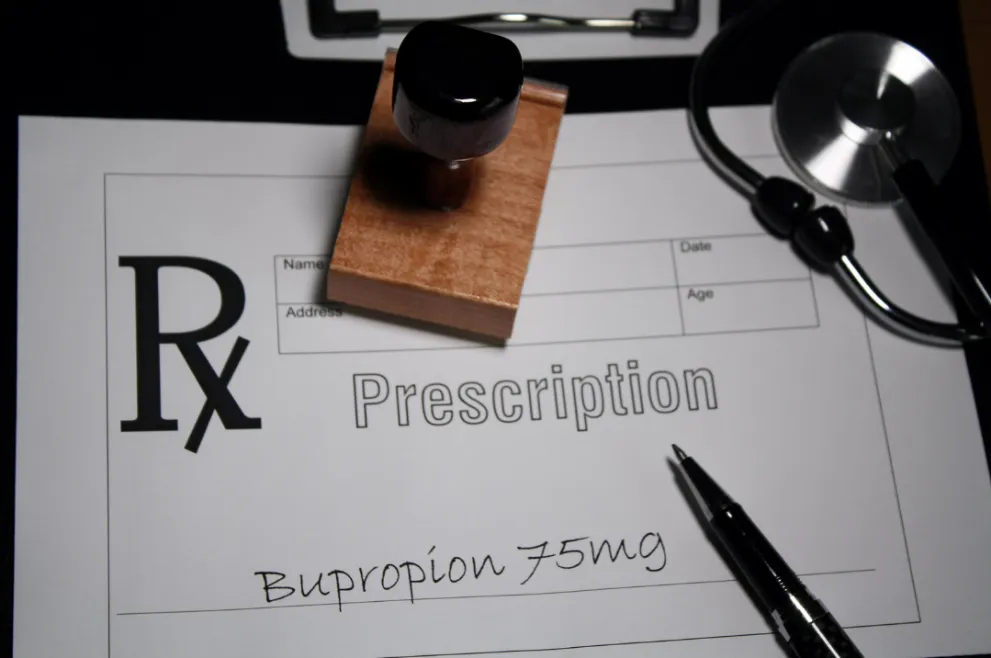Written and medically reviewed by Dorcas Morak, Pharm.D
Muscle pain and spasms can hinder your daily activities, but fortunately, there are medications designed to provide relief. Methocarbamol (Robaxin) and Cyclobenzaprine (Fexmid, Amrix) are two commonly prescribed muscle relaxants. In this guide, we'll dig into the nitty-gritty, comparing these choices in terms of how they work, what sets them apart, potential side effects, interactions with other drugs, expenses, and much more.
What is Methocarbamol?
Methocarbamol (Robaxin) is a medication for alleviating pain and discomfort caused by musculoskeletal conditions. While the exact workings remain somewhat mysterious, scientists believe Robaxin helps by blocking pain signals to the brain and inducing muscle relaxation through depressive effects on the central nervous system. It is available in oral tablet forms of 500 mg or 750 mg and can be taken three to four times a day for effective relief.
What is Cyclobenzaprine?
Cyclobenzaprine (Flexeril, Amrix) works on the central nervous system to diminish motor activity and muscle contractions, relieving muscle spasms. Note that while Flexeril as a brand name has been discontinued, Cyclobenzaprine is available as a generic with a prescription. Fexmid (immediate release) and Amrix (extended-release) are brand-name variations, with Amrix requiring only once-a-day dosing.
How do Methocarbamol and Cyclobenzaprine differ in terms of usage and dosage?
Methocarbamol (Robaxin) and Cyclobenzaprine (Fexmid, Amrix) are FDA-approved skeletal muscle relaxants for treating neck and lower back pain. Although Cyclobenzaprine is not FDA-approved specifically for the treatment of fibromyalgia, some healthcare providers use it off-label for the management of fibromyalgia symptoms.
Besides the active ingredient difference, Methocarbamol requires 3-4 daily doses, whereas Cyclobenzaprine, with extended-release options, only needs once-a-day administration. Methocarbamol allows for both short and long-term treatment, while Cyclobenzaprine is generally not prescribed for more than two or three weeks.
What are the Common Side Effects of Cyclobenzaprine vs. Methocarbamol?
Comparisons reveal similarities in side effects between Cyclobenzaprine and Methocarbamol, including dizziness, drowsiness, headache, nausea, and fatigue. Cyclobenzaprine, however, tends to induce more drowsiness and may cause dry mouth due to its anticholinergic effects. In rare cases, both medications can lead to severe adverse effects like allergic reactions, requiring immediate medical attention.
What are Some Precautions While Taking Skeletal Muscle Relaxants?
Both medications can cause dizziness and drowsiness, warranting caution before engaging in activities like driving or operating machinery. Pregnant women, elderly adults, and young children are generally advised against using these muscle relaxants. Abruptly stopping them can lead to withdrawal symptoms, and there is a mild risk of developing physical dependence, especially for those with a history of substance abuse. Communicating your complete medical history to your doctor is crucial for determining suitability.
What are the Possible Drug Interactions with Cyclobenzaprine or Methocarbamol?
Both medications have depressive effects on the central nervous system, potentially interacting with benzodiazepines, opiate pain medications, and antidepressants. Such interactions can exacerbate side effects like drowsiness and dizziness. It would help if you told your health provider about other medications and dietary supplements you are taking to minimize the risk of dangerous drug interactions.
Which is Cheaper - Cyclobenzaprine or Methocarbamol?
The average retail price for Methocarbamol 500mg, 30 tablets, is approximately $33.15 but with a RxLess coupon, it could be as low as $7.12 for the same quantity.
The average retail price for Cyclobenzaprine 10mg, 30 oral tablets can range from $18.13 to $38.27, depending on the quantity and the pharmacy. Using a Rxless coupon, the cost can be as low as $6.90. Whether you are insured or not, you can use RxLess to make your medications more affordable.
















